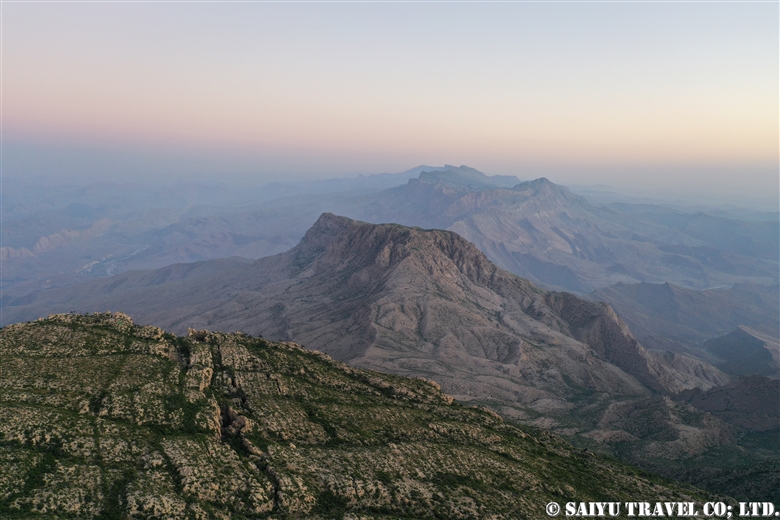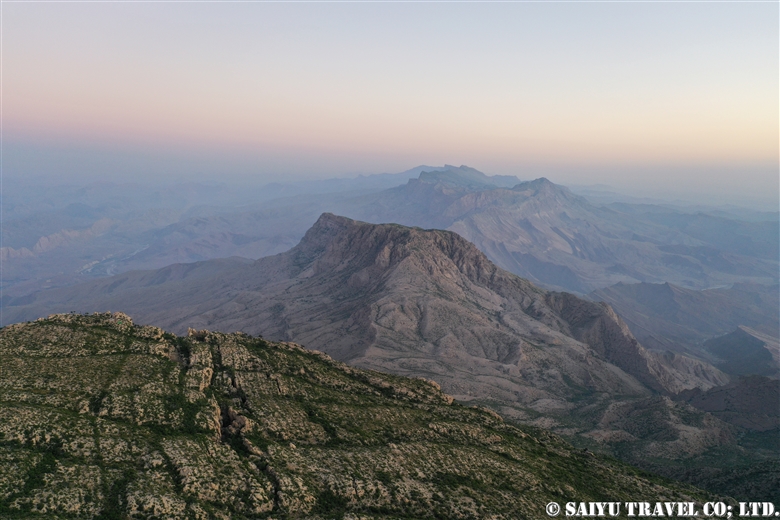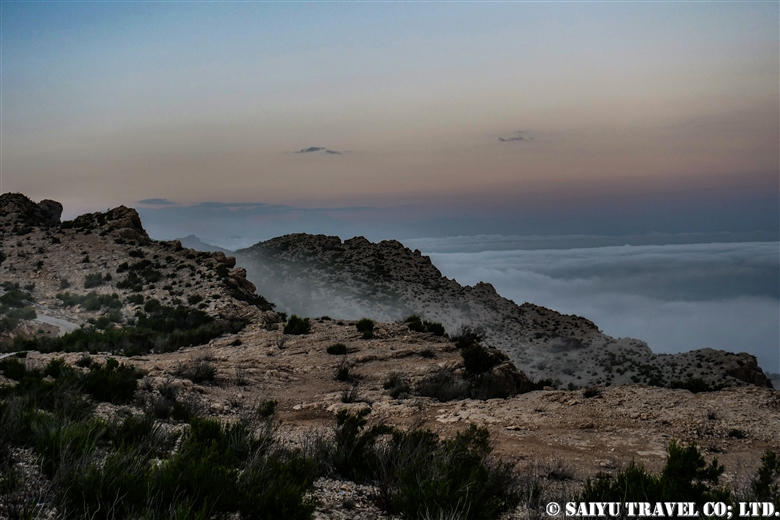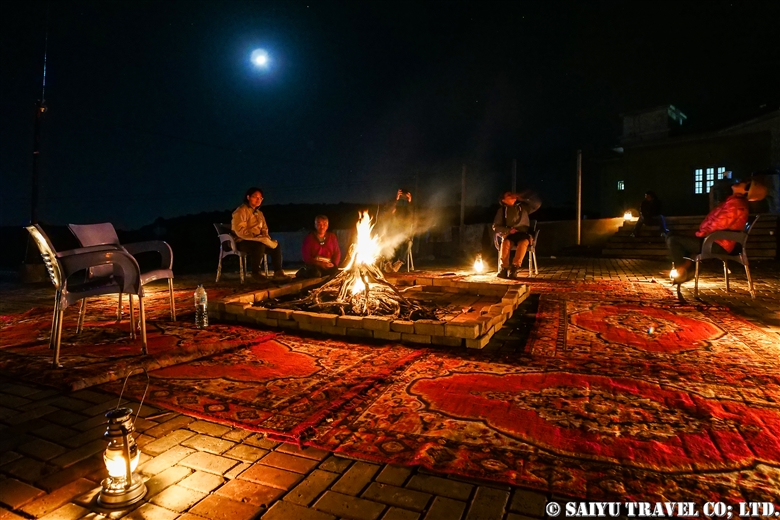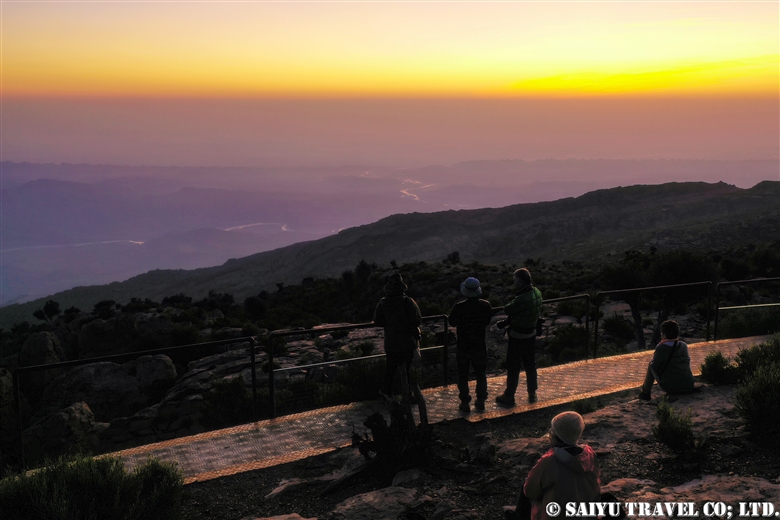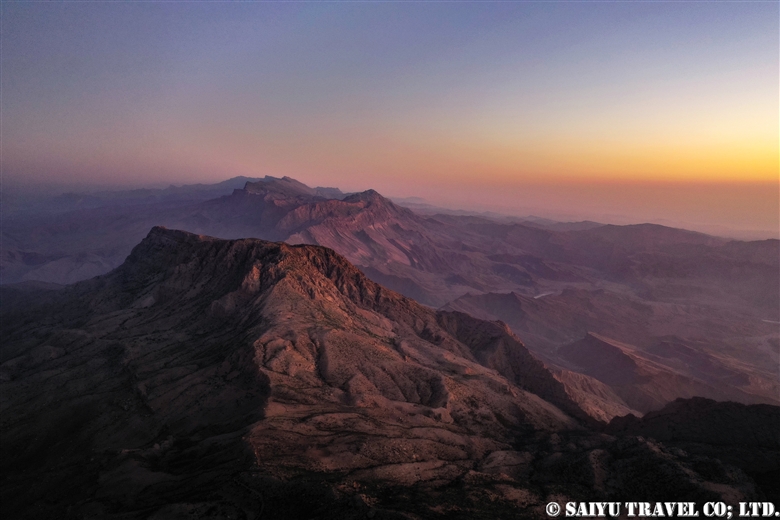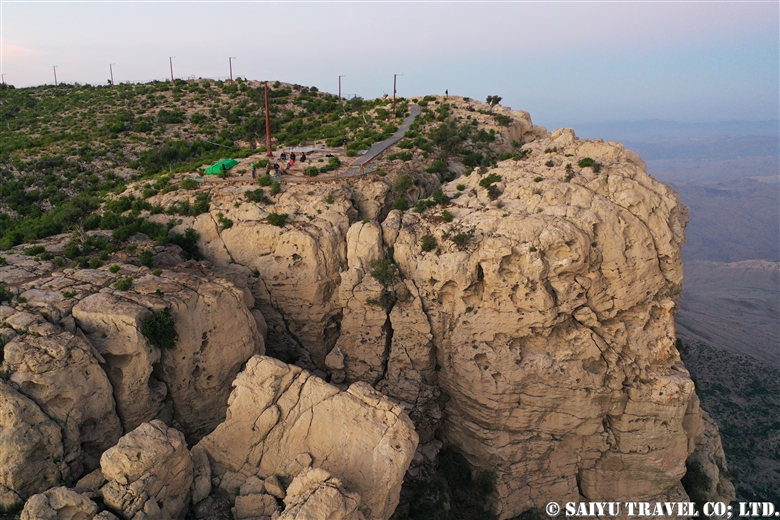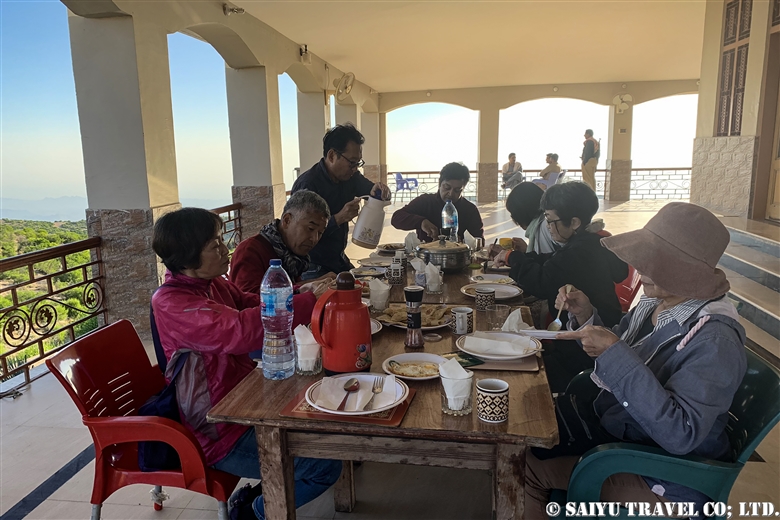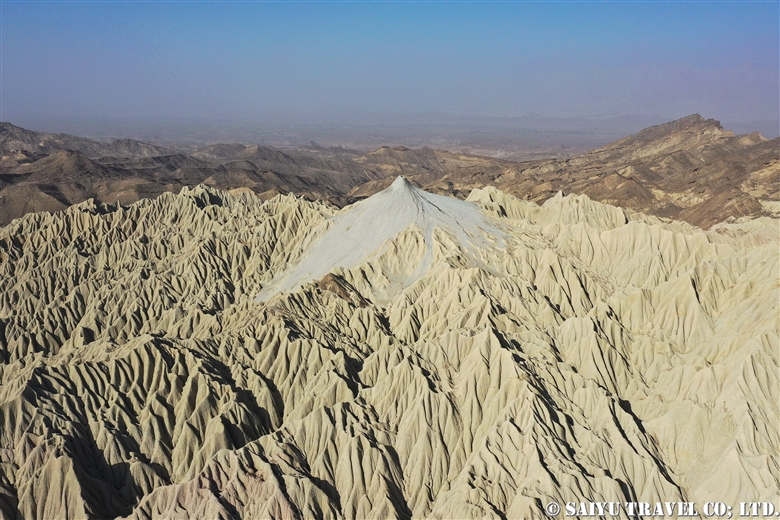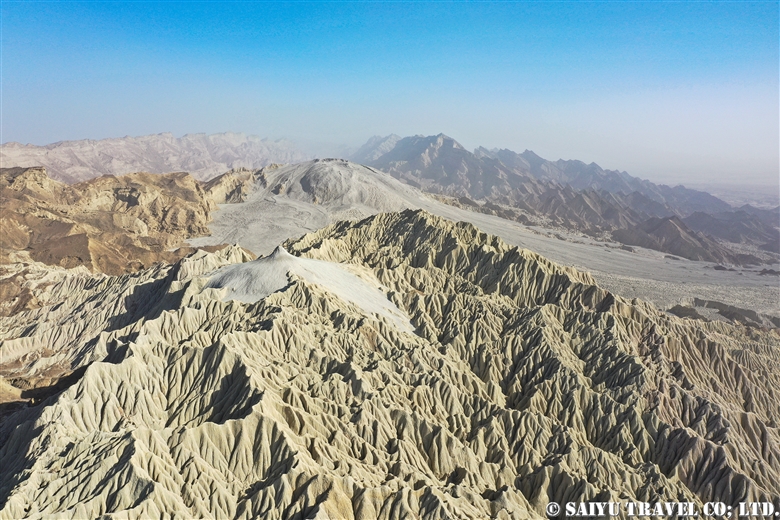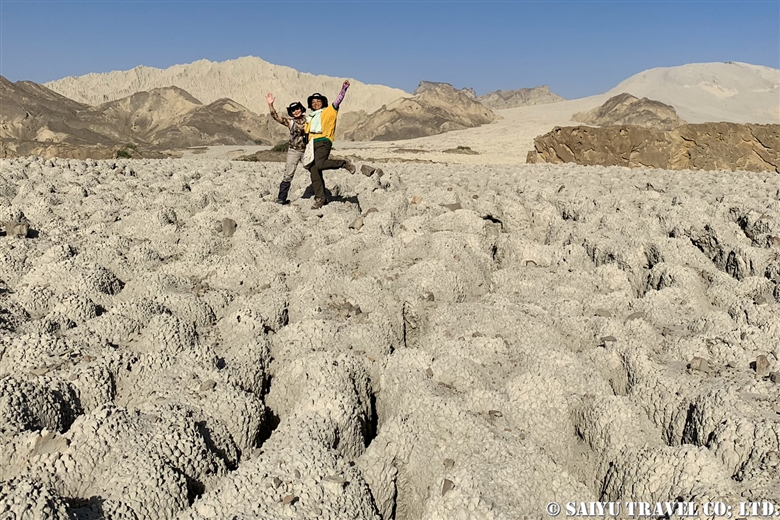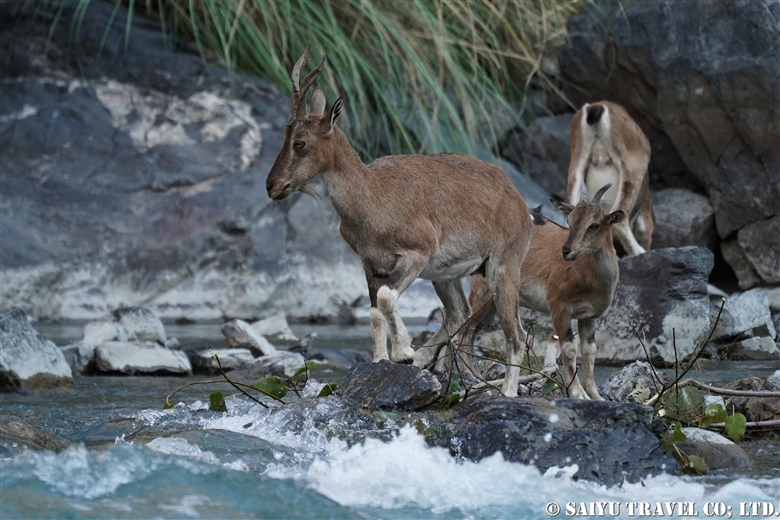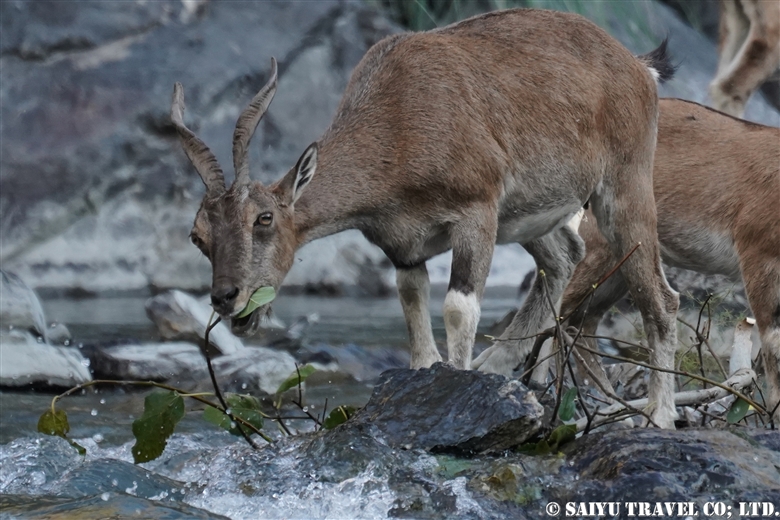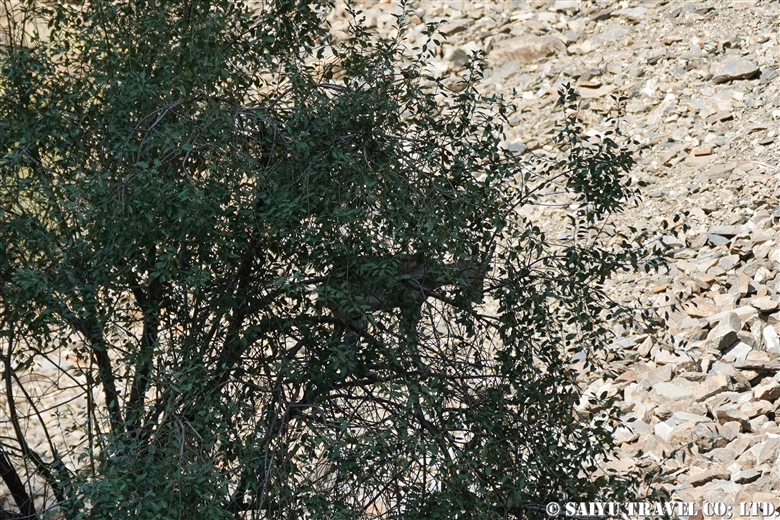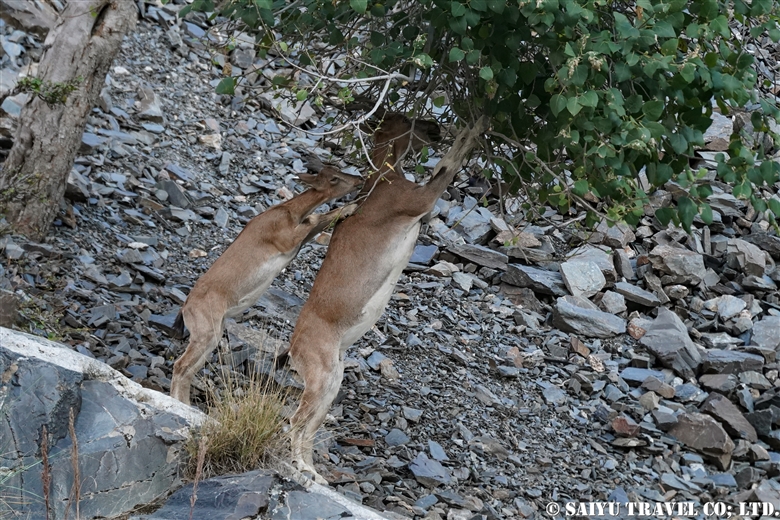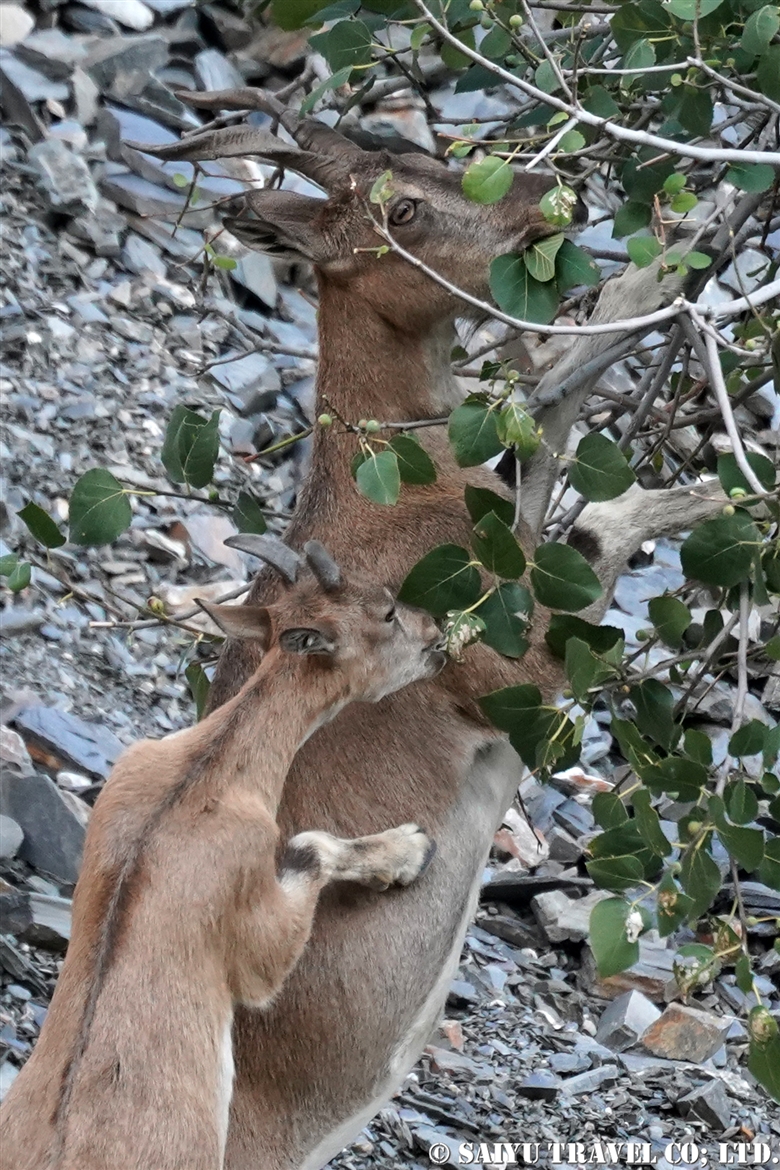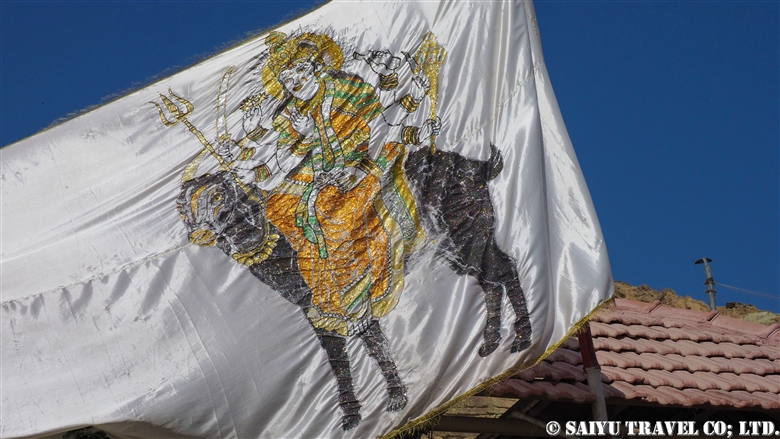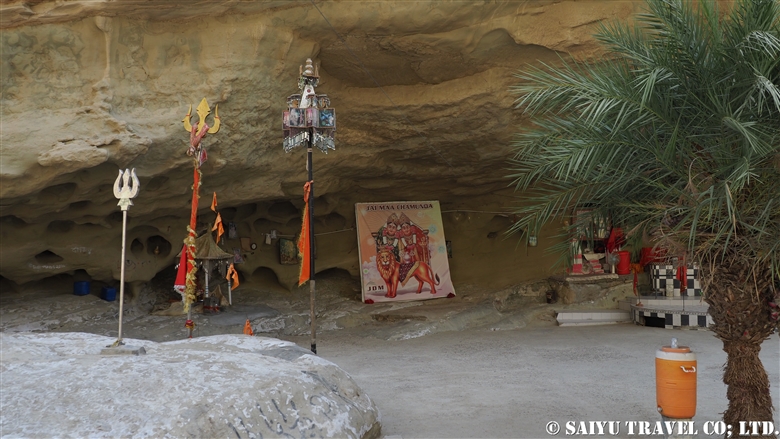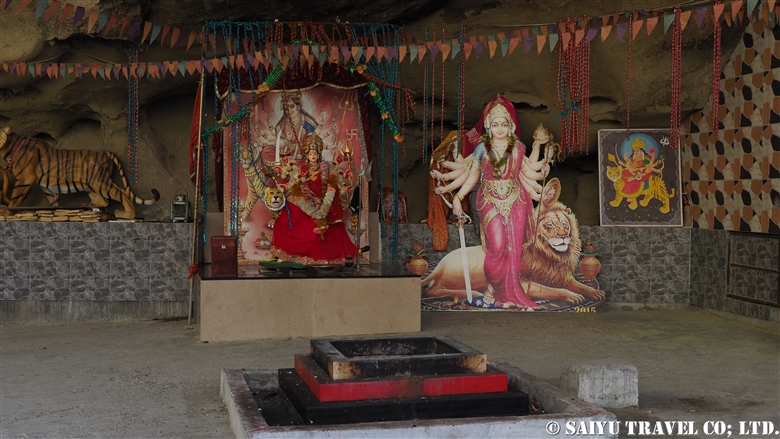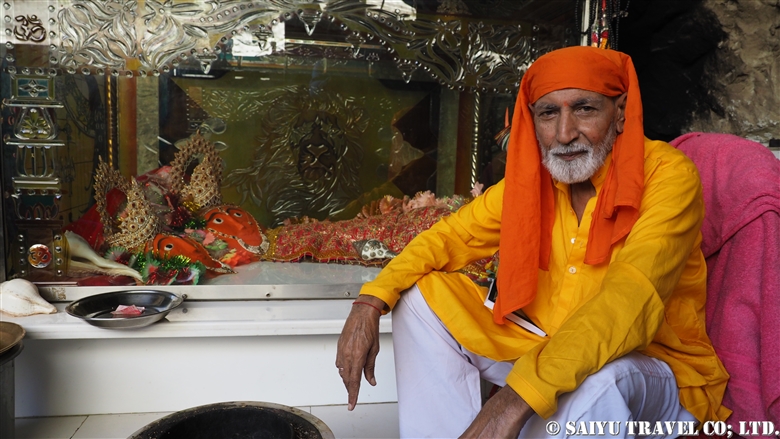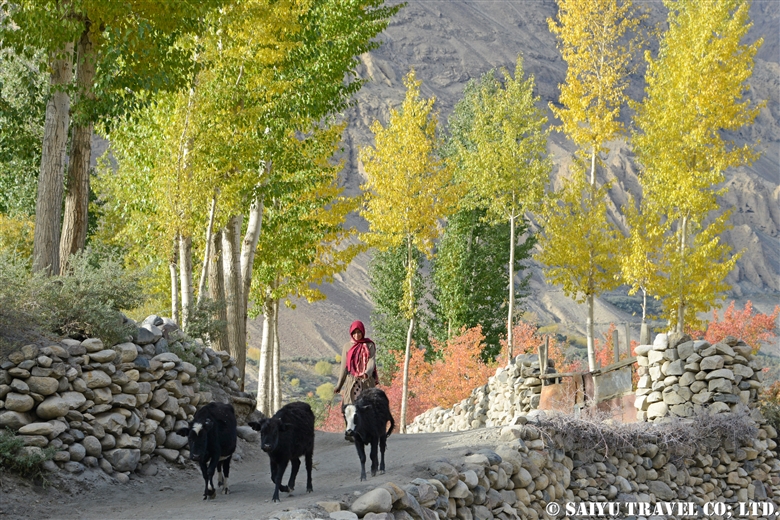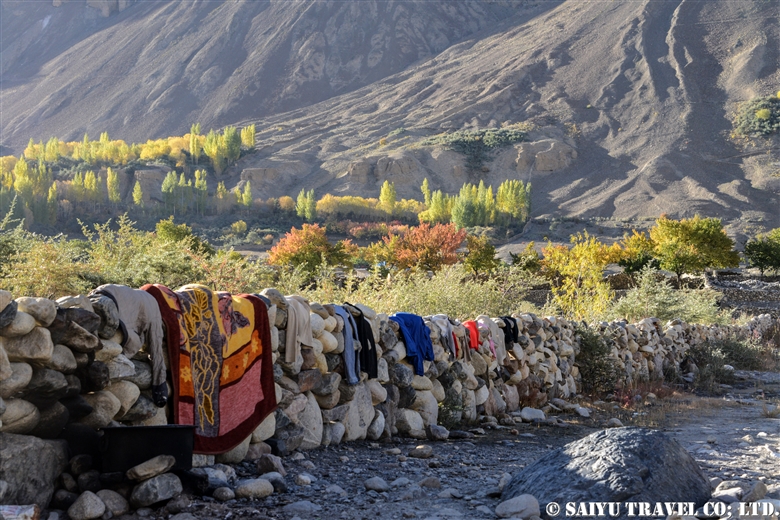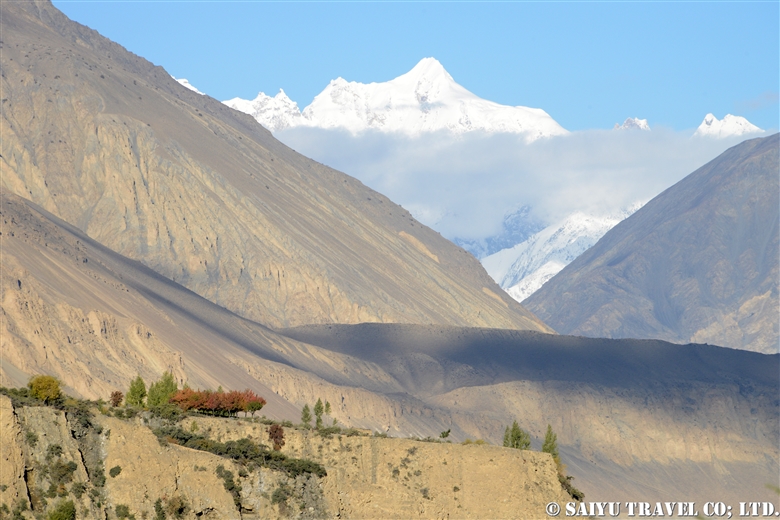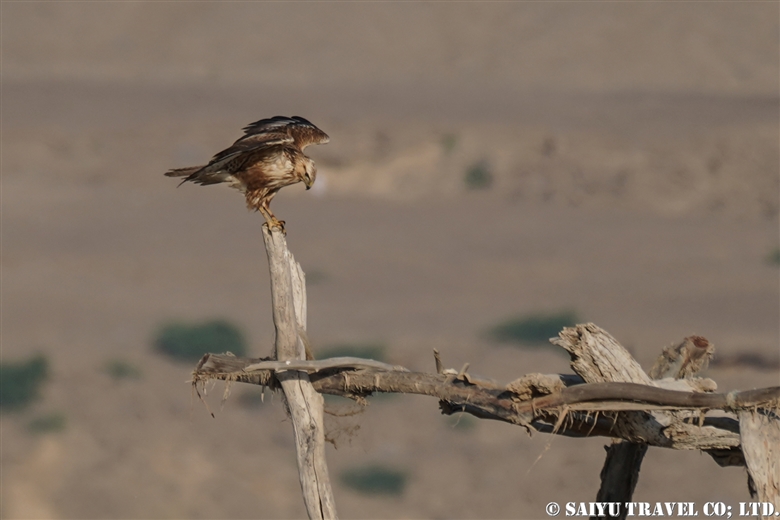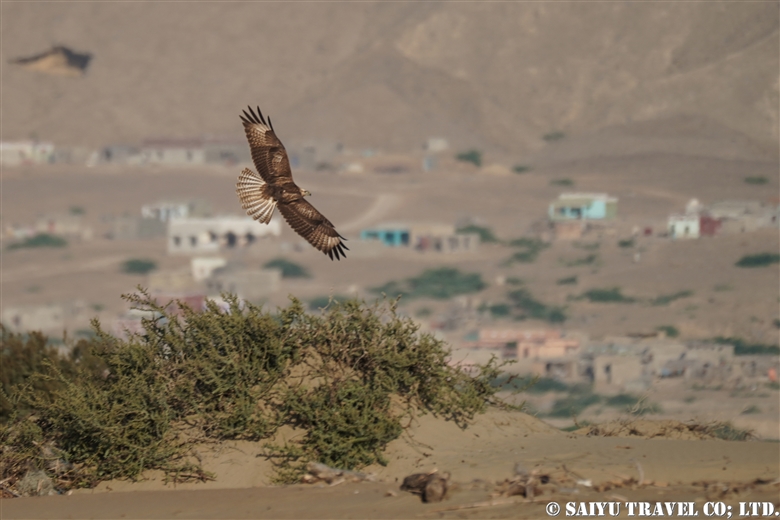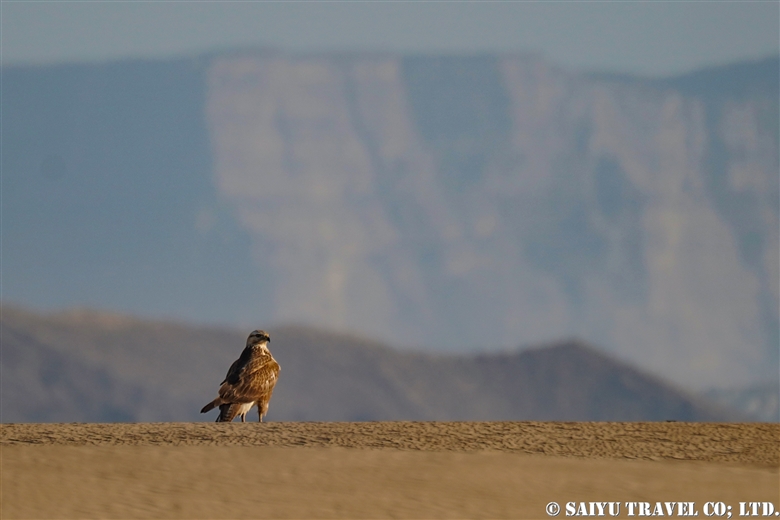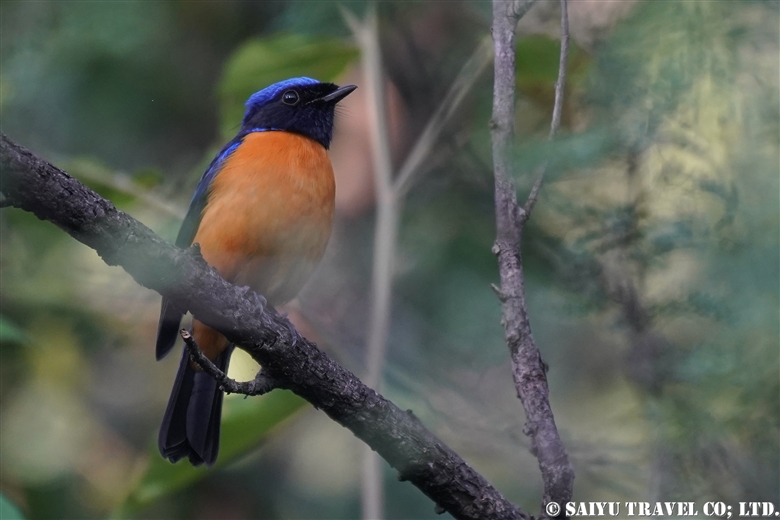
This is Rufous-bellied niltava that I encountered at Margalla Hills, Trail No.5.
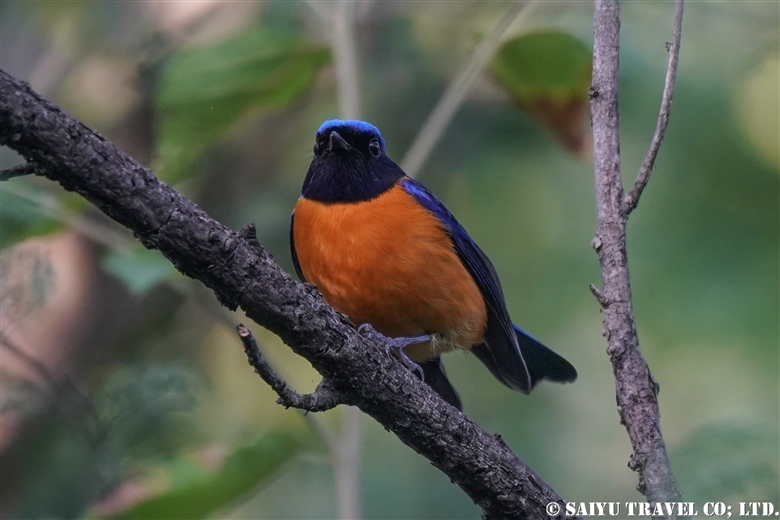
Rufous-bellied niltava is found in temperate forests from South China to Southeast Asia and South Asia.
In Pakistan, it is found in Murree and Kaghan Valley, which are the southern foot of the Himalayas at an altitude of 1,800m to 2,600m . In winter it descends down to a lower place.
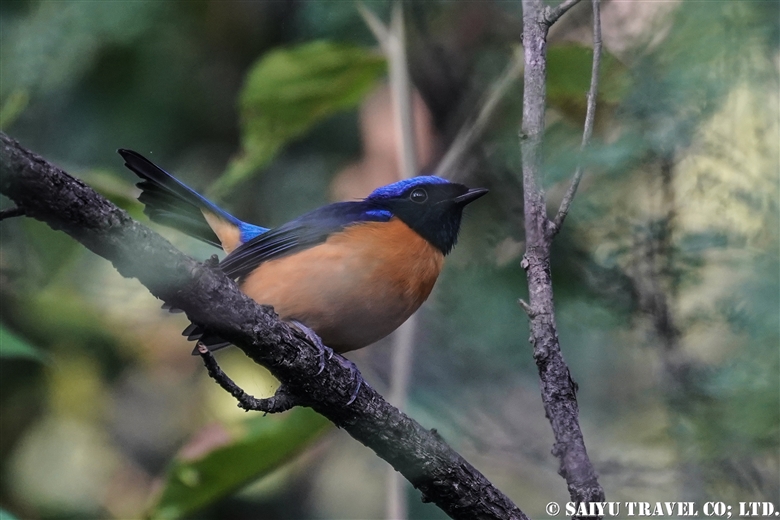
I went on Saturday at 7 am, before going to Office, but already many people were walking on the trail.
Photo & Text : Mariko SAWADA
Observation : End of OCT, Margalla Hills National Park – Trail.No.5, Islamabad
Reference : Helm Field Guides “Birds of Pakistan”
Tag : Saiyu Travel Pakistan , Bird watching in Pakistan , Birds of , Birds of Margalla Hills , Pakistan Travel company , Margalla Hills National Park , Pakistan tour operator , Pakistan Blog , Pakistan Photography Tour , Rufous-bellied niltava , Travel Pakistan Blog , Wildlife of Pakistan , Indus Caravan






